180 000 CZK
| 7 200 €
Synthetic paint, wood, hardboard.
Dating from the early 1970s, this work heralds the influences of kineticism, minimalism and Poverism that are characteristic for this stage in Kotík's life and work.
After the Warsaw Pact invasion in 1968, he took advantage of a DAAD scholarship and remained in West Berlin with his wife, Petra Příkazská. This experience among German artists, movement and cross-disciplinism led him to become a visual investigator who is best examined in the form of his conceptual experiments of the 1970s. From painting he shifted to objects, which he later deconstructed and reduced towards the end of his career.
Jan Kotík is an important figure in 20th century Czech Art. He first exhibited his work in the late 1930s at E. F. Burian and when he was unable to exhibit in the 1950s, he focused on design – both as an artist and a theorist. He never stopped painting, however, and his expressive abstract works have earned significant international acclaim. He has also received awards in Germany for his work.
PROVENANCE / Artist's estate, Jiří Švestka Gallery, Prague.
LITERATURE / Jan Kotík (exhibition catalogue), Berlin 1971; Mladičová, Iva. Jan Kotík 1916–2002. Prague: National Gallery in Prague, 2011. p. 362.
EXHIBITED AT / Kunstmuseum Bochum (1978); Kunsthalle Berlin (1971).
More works from auction
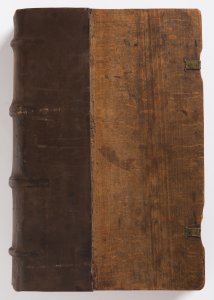
Lot 1 DE REMEDIIS UTRIUSQUE FORTUNAE
Starting price250 000 CZK | 10 000 €
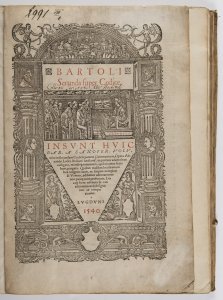
Lot 2 PRIMA (SECUNDA; TRES) SUPER CODICE IN SUIT HUIC
Starting price28 000 CZK | 1 120 €
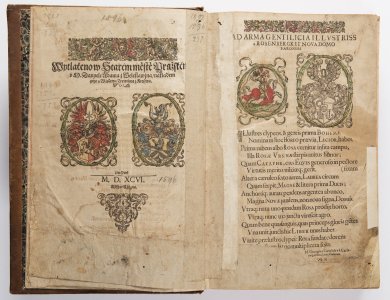
Lot 3 A HERBARIUM
Starting price55 000 CZK | 2 200 €
Price realized
80 000 CZK | 3 200 €
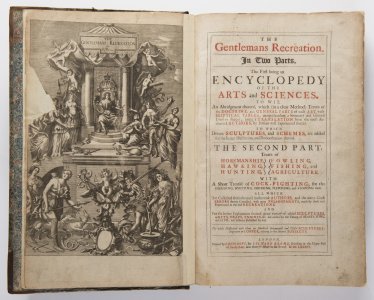
Lot 4 THE GENTLEMAN'S RECREATION
Starting price65 000 CZK | 2 600 €
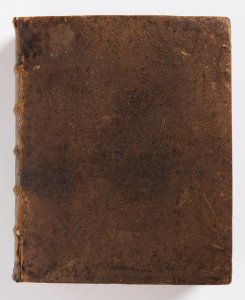
Lot 5 NEU-ERÖFFNETE MATHEMATISCHE WERK-SCHULE ODER…
Starting price28 000 CZK | 1 120 €
Price realized
28 000 CZK | 1 120 €
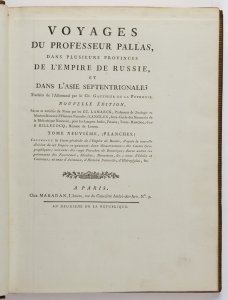
Lot 6 VOYAGES DU PROFESSEUR PALLAS, DANS PLUSIEURS PROVINCES…
Starting price38 000 CZK | 1 520 €
Price realized
38 000 CZK | 1 520 €
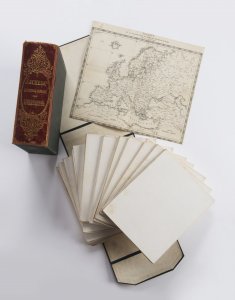
Lot 7 GENERAL-KARTE VON EUROPA
Starting price18 000 CZK | 720 €
Price realized
30 000 CZK | 1 200 €
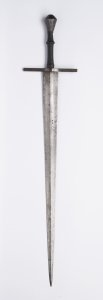
Lot 8 A GOTHIC SWORD
Starting price190 000 CZK | 7 600 €
Price realized
190 000 CZK | 7 600 €
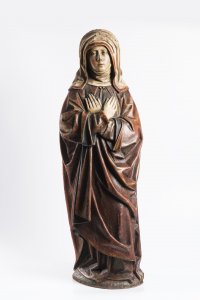
Lot 9 OUR LADY OF SORROWS
Starting price250 000 CZK | 10 000 €
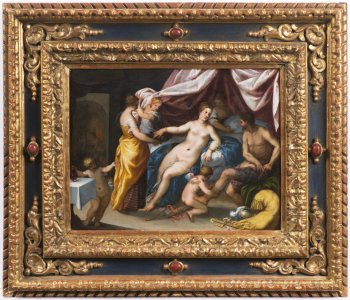
Lot 10 VENUS AND MARS
Starting price1 800 000 CZK | 72 000 €
Price realized
1 800 000 CZK | 72 000 €
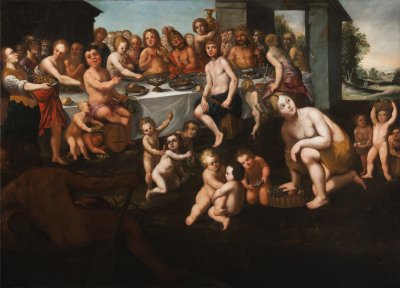
Lot 11 THE FEAST OF THE GODS
Starting price290 000 CZK | 11 600 €
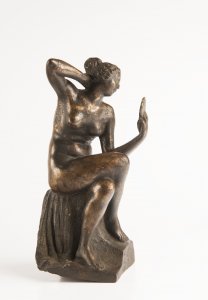
Lot 12 ALLEGORY OF VANITY
Starting price35 000 CZK | 1 400 €
Price realized
50 000 CZK | 2 000 €



